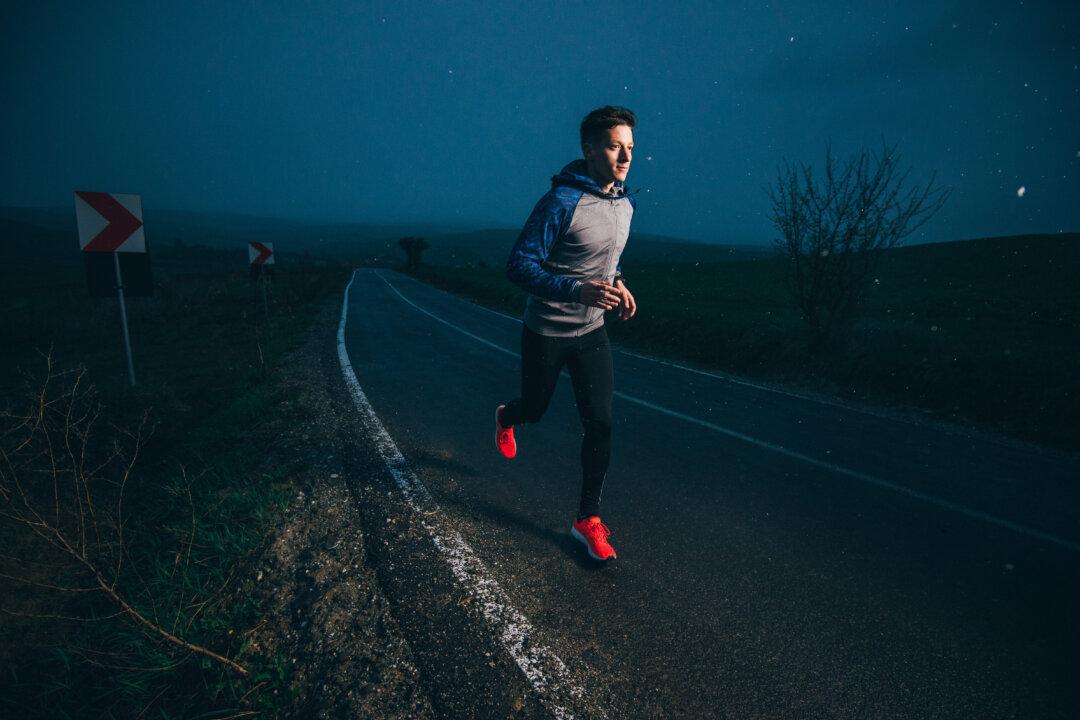For many older adults, preventing a fall can add years to their lives.
According to the Centers for Disease Control and Prevention, falls are the leading cause of injury for older adults in the United States. About 1 in 4 adults aged 65 or older falls each year.
Falls can cause serious injuries such as hip fractures and head trauma, and can even lead to death.
Many people believe that falls are something that will happen to everyone as they age, and there’s nothing they can do about it. However, this is purely a myth; in reality, falls are controllable and preventable.
- Muscle weakness
- Poor balance
- Use of assistive devices such as canes or walkers
- Medications that cause dizziness or drowsiness
- Tripping hazards in the home
- Poor lighting
- Loose carpets or throw rugs
An important step in helping to prevent a fall is getting an assessment from your primary care provider. They can provide a list of possible issues contributing to falling risks, including medications that cause drowsiness or dizziness, foot pain, arthritis, and vision problems.
Getting regular exercise also is an excellent way to help to prevent falls, by improving your strength and balance. Tai chi has been shown to help to prevent falls by improving balance, strength, mobility, and flexibility while also improving mental health. If tai chi isn’t for you, many other exercise programs are available, so talk to your doctor or physical therapist about which one is right for you.
Have your eyes checked by an eye doctor at least once a year. Poor vision can make it more difficult to see obstacles in your path, increasing your risk of falling. If your vision is poor, creating a safer home environment is essential.
Make sure your home is well-lit and free from tripping hazards. Consider installing night lights in hallways and bedrooms so you don’t have to turn on overhead lights when getting up during the night.
Also, be sure to secure loose cords and rugs with tape or tacks, so they don’t pose a tripping hazard. And consider installing grab bars in tubs and next to toilets.
Falls are a serious problem for older adults in the United States, but there are things that seniors can do to reduce their risk of falling.
Seniors can significantly lower their risks of sustaining fall-related injuries by exercising regularly, having annual eye exams, making sure their homes are well-lit and free from tripping hazards, and reviewing their medications with their doctors. If you or someone you know has already had a fall, don’t hesitate to ask for help in getting up; it could prevent further injury.





